Running Shoes & Fit Tips
For more than 28 years Dr. Lisa M. Schoene has been a certified athletic trainer and Sports Medicine Podiatrist and an expert running Podiatrist in the Chicago and Northern IL area
Running shoes have many great features that make fitting most feet easy.
Each running shoe company has a different “claim to fame” such as; grids, gels, air bags, and roll bars. These items make the running shoe a very good option for the hard to fit foot and for the general non-runner patient as well. Most running shoes interface very well with custom orthotics or over the counter insoles.
Some brands are great for extra toe box room, others are best for slender feet, and some are considered helpful for the heavier “Clydesdale” runner.
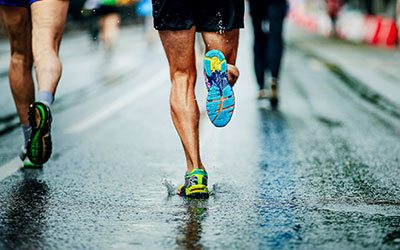
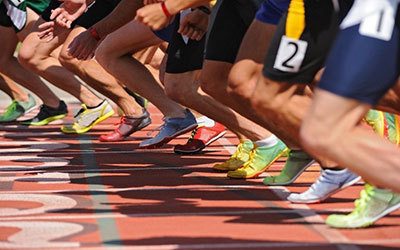
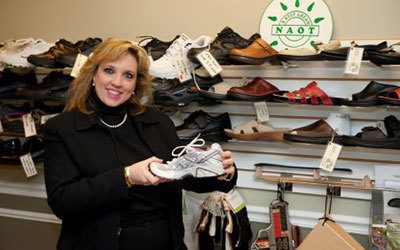

"I really appreciate the excellent care from the Dr & her staff. You have significantly improve the quality of my life! Just wish I would have found you sooner. Never had an exam as comprehensive & thorough. Would definitely recommend you to friends, students & clients.''
- J.G.
Fit Tips
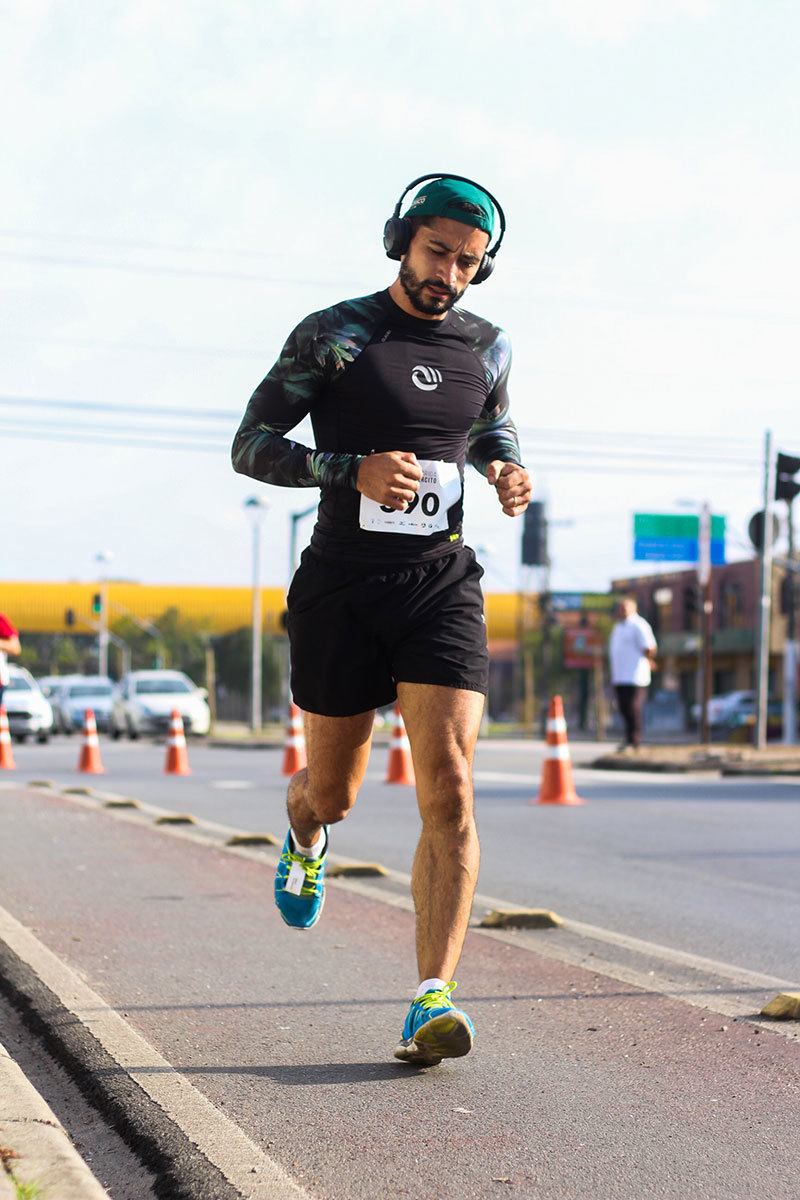

She always keeps in mind the movements of each sport and incorporates that into the treatment plan.
There Are 3 Basic Stability Levels in Running Shoes :
Neutral
Designed for a runner who has very efficient foot mechanics or a foot that tends to supinate ( a foot that tends to roll outward).
This shoe typically is lighter weight and has softer lightweight material within the midsole, it wears out faster, so rotating shoes or changing more frequently is important, try changing closer to 300 miles.
Stability
Designed for the mild to moderate pronator (a foot that rolls inward) who needs extra support.
Among the different brands, there is a very wide range of stability from very soft and flexible to very firm.
Some brands are well known for their stability features, and will accommodate orthotic devices very well.
Motion Control
Designed for the moderate to severe over pronator, (rolling inward) or someone that is a heavier runner.
This is the heaviest shoe of all three types, with the firmest material in the midsole..
This shoe may work well for runners that have poor foot alignment, a very flat foot or are a little heavier with body weight.
What Gives Runners The Best Output
As always we have great Chicago Marathons, and as the saying goes, change is inevitable, espcially in the running shoe world. Running shoe guides are currently giving us their reviews of the new fall shoes, and it seems like cushion is back! For the past handful of years, some runners followed the running shoe trend of minimal cushioning and a zero drop mentality, believing that the foot did not need support nor the help of any extra cushioning, however this year things are changing, and the heel drop and more cushioning is back on the shelves.
The advent of the Hoka One One, shoe has raised the bar on cushion technology and most other shoe manufacturers are following suit. Many, if not most of the runners, ran in traditional running shoes, with only a few in Vibram technology and only one spotted barefoot. Traditional minimal shoes were designed so that runners would theoretically run with a midfoot to forefoot striking pattern. When the shoe manufacturers decided that they are going to change shoes based on how they thought runners should run, with no regards to the actual biomechanical entities of most runner’s feet, nor with any actual re-training, it was doomed to present problems eventually.
Scientific studies have shown us that the reality is, that 75% or more of us are heel strikers, and studies show, that runners also self select the gait pattern that suits them the best. Maybe the runners are self selecting more cushioning, so welcome back cushioning, as I think it is here to stay, at least for a while or until another running fad or trend comes along.
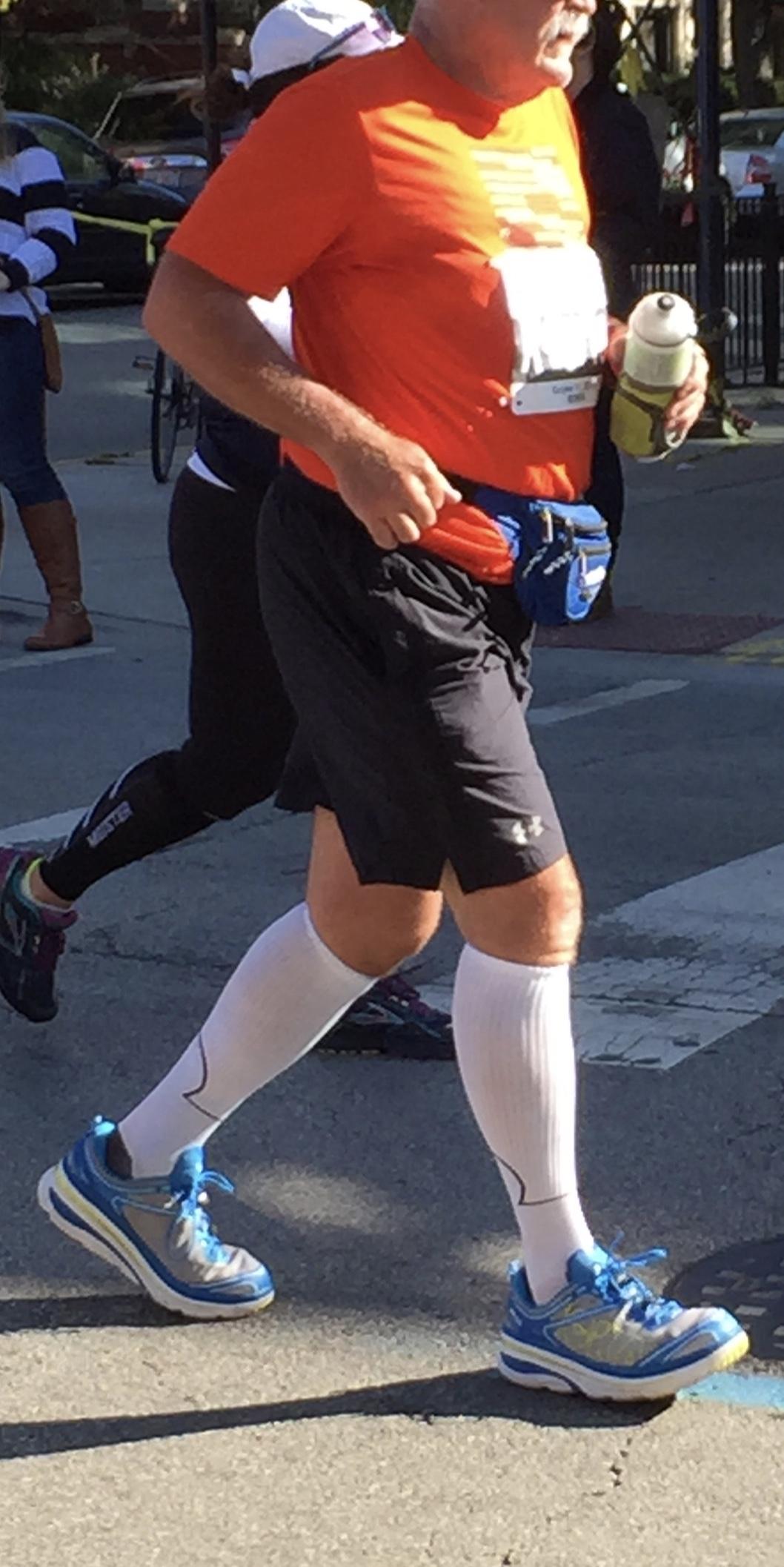
What About Barefoot Running :
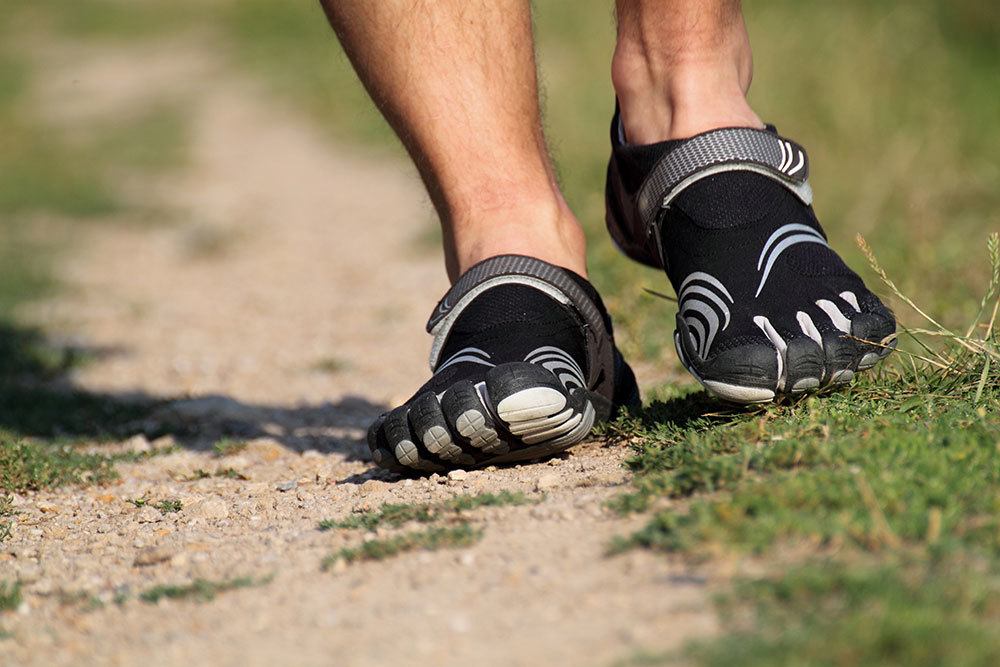
Barefoot running is an interesting running option that has circulated among the running community a few times in the past 30 years. Some authors, running enthusiasts, coaches, and trainers are endorsing this training method, but is it really for every runner?
Barefoot running is believed to improve foot muscle strength, and that we were made to run without shoes. Unfortunately many runners don’t have perfect foot alignment. When the foot is improperly functioning, the inner foot muscles which move the toes, as well as the lower leg muscles which move the foot, have to work a lot harder to keep the foot, knee, leg and hip upright and working correctly. Doing an activity that puts about 3 times body weight on each foot 1500 times per mile, may be a bit tougher for a foot if it isn’t working well and there isn’t a proper shoe on it.
Barefoot running or even running in a very minimal shoe may not be the best idea for a person with previous running injuries, a poorly aligned foot, balance problems, weakness in the leg, hip or core.
What is the best solution? Each runner should do regular flexibility and strength exercises, as well as keeping the body slightly forward of the plumb line, and to land slightly more forward on the midfoot rather than on the heel. By doing all these things you will be a happy and healthy runner!
